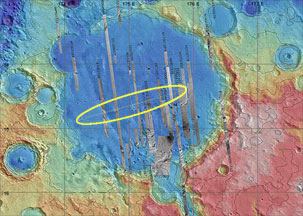This picture shows Gusev Crater, which is where Spirit landed. The yellow oval, which is 81 km (50 miles) long, shows the area that Spirit should land within. The colors in this picture show how high (or low) the land is. Low places are shown as blue and green. High places are shown as orange and red.
Click on image for full size
NASA
MER Spirit landing site - Gusev Crater
The first of two Mars
Exploration Rovers (MER) landed within Gusev
Crater on Mars on January 3, 2004. The robotic
rover is named Spirit. Spirit bounced to a halt within an 81 km by 12 km
(50 by 7 miles) oval inside the ancient crater. Once settled into its new "home",
Spirit began searching for rocks that might show that there used to be water
in Gusev Crater.
The MER vehicles are robotic geologists. They are designed to find rocks and
soils that might tell us that there once was liquid water at their landing sites
on Mars. Gusev Crater formed by the impact of an asteroid
three to four billion years ago. There may have been a large lake in Gusev Crater
in the distant past. A valley named Ma'adim Vallis is connected to the south
side of the crater. Ma'adim Vallis looks like it might have been a river that
poured water into the ancient lake. If that is true, the rocks and soil in Gusev
Crater should show signs that water
was once there. Wet environments are the best places to look for life.
That is why scientists want to find places on Mars that were once wet.
Gusev Crater is about 145 km (90 miles) wide. It is about the same size (area)
as the state of Connecticut. The other MER rover, Opportunity, is exploring
an area on Mars named Meridiani
Planum on the opposite side of Mars.
You might also be interested in:

How did life evolve on Earth? The answer to this question can help us understand our past and prepare for our future. Although evolution provides credible and reliable answers, polls show that many people turn away from science, seeking other explanations with which they are more comfortable.
...more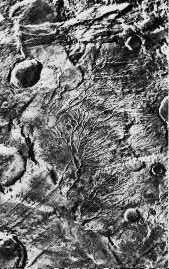
There seems to be no running water on the surface of Mars today even though there is evidence for running water, including river channels such as those shown here, and there are frozen, icy polar caps.
...more
Asteroids are small bodies that are believed to be left over from the beginning of the solar system 4.6 billion years ago. They are rocky objects with round or irregular shapes up to several hundred km
...more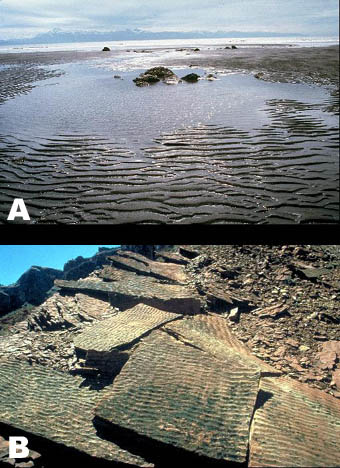
Have you ever been to the beach and nestled your toes in the sand? Over thousands of years that sand might become part of a sedimentary rock! Sedimentary rocks make up about three-quarters of the rocks
...more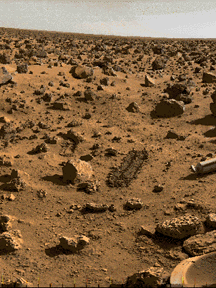
When we ask "Where might we find extraterrestrial life", the first place many scientists turn to, because of its similarity to the Earth, is Mars. Mars may have been like the Earth in its past. Although
...more
Both Mars Exploration Rovers (MER) were launched from Cape Canaveral, Florida, during the summer of 2003. The first, Spirit, blasted off on June 10. The second, Opportunity, was launched on July 7. After
...more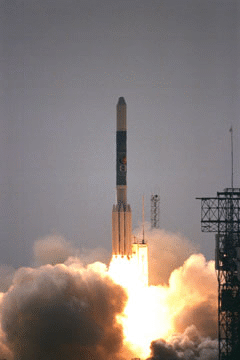
The Advanced Composition Explorer (ACE) was launched at 10:39 a.m., August 25, 1997. The ACE was launched aboard a Delta II rocket. Mission lifetime is expected to be five years for the overall mission.
...more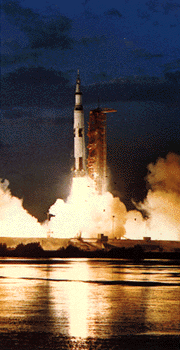
To learn more about a specific mission from the Apollo program, the most successful and expensive space program in human history, select one of the links below: Apollo 1 Apollo 7 Apollo 8 Apollo 9 Apollo
...more


